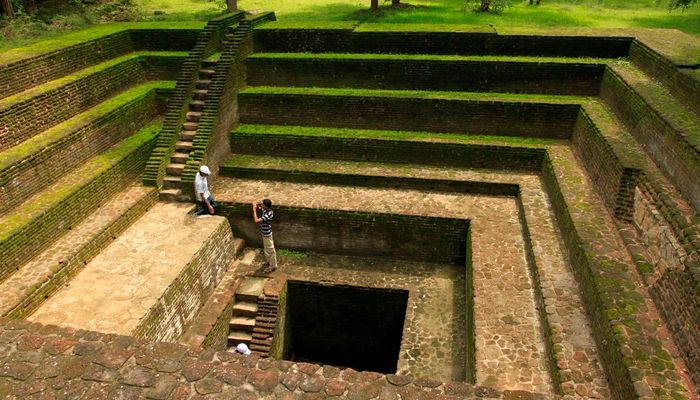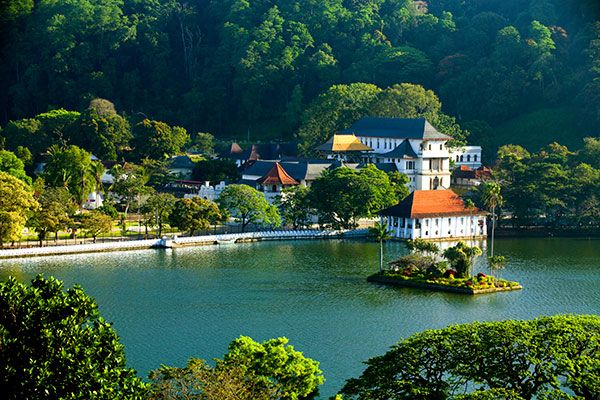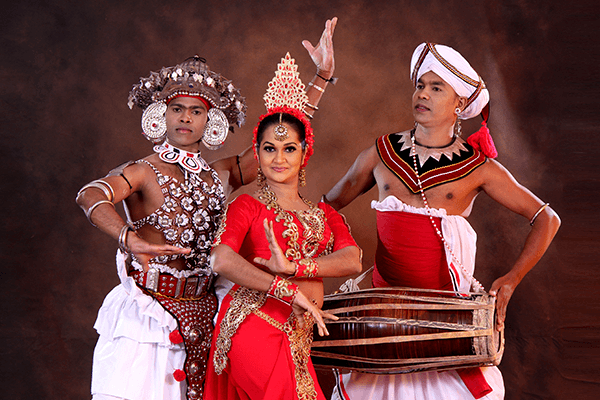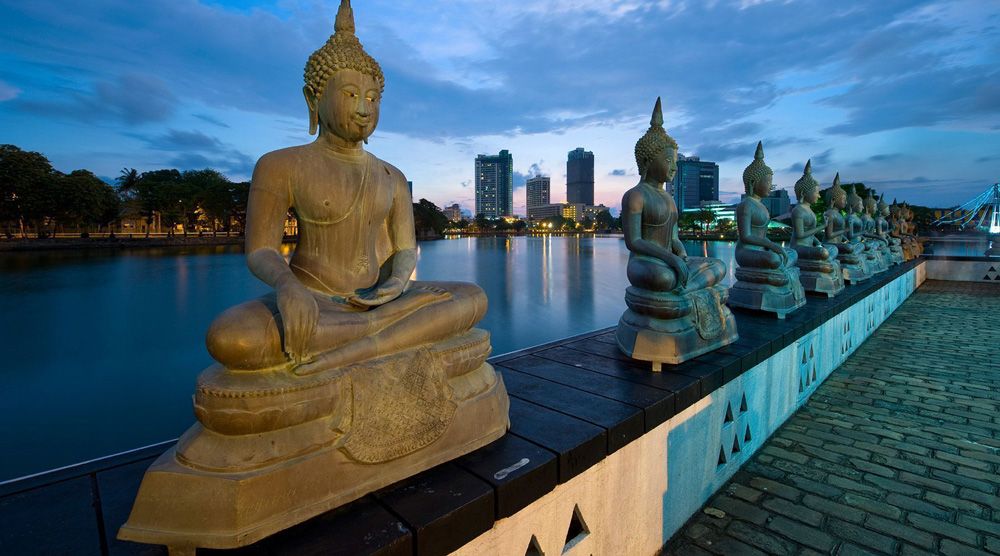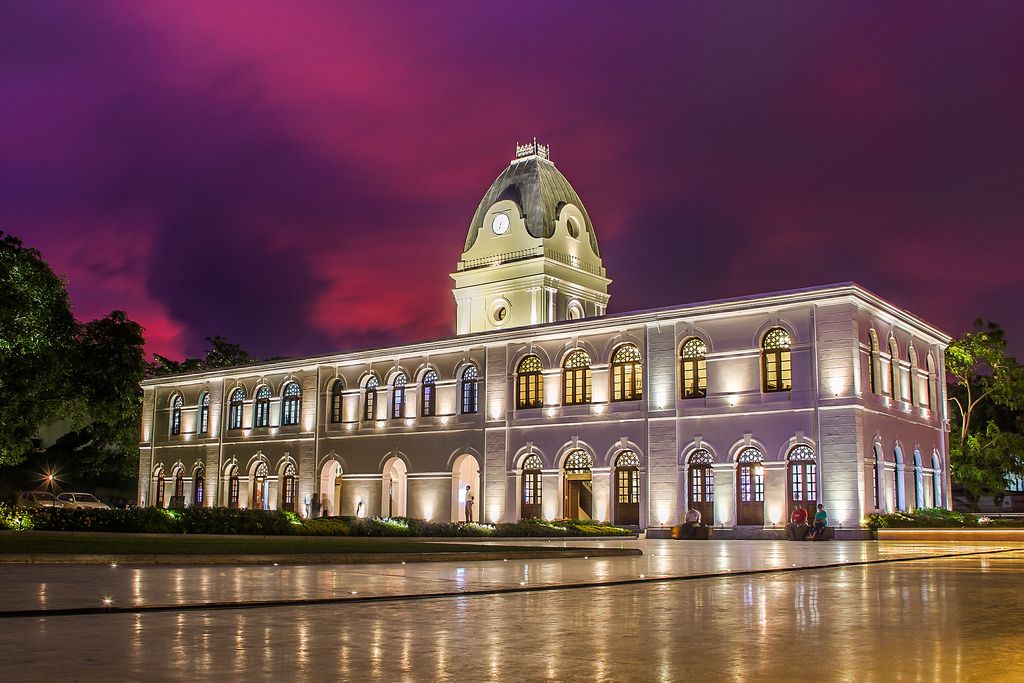Heritage and Cultural Tour
Sri Lanka is an island nation south of India in the Indian Ocean. Its diverse landscapes range from rainforests and arid plains to highlands and sandy beaches. It’s famed for its ancient Buddhist ruins, including the 5th-century citadel Sigiriya, with its palace and frescoes. The city of Anuradhapura, Sri Lanka’s ancient capital has many ruins dating back more than 2,000 years.
DETAILED ITINERARY
Day 01 – Negombo
Negombo is a city on the west coast of Sri Lanka, north of the capital, Colombo. Near the waterfront, the remains of the 17th-century Dutch Fort now house a prison. Negombo Lagoon, lined with fishermen’s huts, feeds into the Dutch-era Hamilton Canal. The canal leads south to Colombo. Neoclassical St. Mary’s Church, completed in the 1920s, features a ceiling decorated with vivid religious paintings
- After arrival at Katunayaka International Airport, meet and greet by our representative
- Proceed to Negombo and check into your accommodation hotel
- Overnight stay in Negombo
Day 02 – Dambulla and Sigiriya
Sigiriya or Sinhagiri is an ancient rock fortress located in the northern Matale District near the town of Dambulla in the Central Province, Sri Lanka. The name refers to a site of historical and archaeological significance that is dominated by a massive column of rock nearly 200 meters (660 ft) high. According to the ancient Sri Lankan chronicle the Culavamsa, this site was selected by King Kasyapa (477 – 495 CE) for his new capital. He built his palace on the top of this rock and decorated its sides with colorful frescoes
- After breakfast at hotel, proceed to Sigiriya
- En route visit Pinnawala elephant orphanage and feed the elephants and witness elephant bathing session
- En route visit Dambulla Cave Temple
- Have lunch at a local Restaurant
- Check into a hotel in Sigiriya
- Visit Sigiriya rock fortress and the museum in the evening
- Back to hotel and dinner and overnight stay at the hotel
Day 01 – Anuradhapura and Mihintale
The ruins of Anuradhapura are one of South Asia’s most evocative sights. The sprawling complex contains a rich collection of archaeological and architectural wonders: enormous dagobas (brick stupas), ancient pools and crumbling temples, built during Anuradhapura’s thousand years of rule over Sri Lanka. Today, several of the sites remain in use as holy places and temples.
- After breakfast at hotel, proceed to Anuradhapura
- Engage in Anuradhapura Sight Seeing
- Have lunch at a local Restaurant
- Proceed to Mihintale
- Visit Mihintale temple
- Back to hotel
- Dinner and overnight stay at the hotel
Day 04 – Polonnaruwa and Kandy
The second most ancient of Sri Lanka’s kingdoms, Polonnaruwa was first declared the capital city by King Vijayabahu I, who defeated Chola invaders in 1070 to reunite the country once more under a local leader. The Ancient City of Polonnaruwa has been declared a World Heritage Site and in Polonnaruwa you can visit Gal Vihara, Thuparama Gedige, Rankot Vihara and more ruins.
Kandy is a large city in central Sri Lanka. It’s set on a plateau surrounded by mountains, which are home to tea plantations and biodiverse rainforest. The city’s heart is scenic Kandy Lake (Bogambara Lake), which is popular for strolling. Kandy is famed for sacred Buddhist sites, including the Temple of the Tooth (Sri Dalada Maligawa) shrine, celebrated with the grand Esala Perahera annual procession.
- After breakfast at hotel, proceed to Polonnaruwa
- Engage in Polonnaruwa Sight Seeing
- Have lunch at a local Restaurant
- Proceed to Kandy
- Visit a Spice Garden at Matale
- Check into a hotel in Kandy
- Witness Kandy Cultural Dance show in the evening
- Overnight stay at the hotel
Day 05 – Kandy and Galle
Galle is a city on the southwest coast of Sri Lanka. It’s known for Galle Fort, the fortified old city founded by Portuguese colonists in the 16th century. Stone sea walls, expanded by the Dutch, encircle car-free streets with architecture reflecting Portuguese, Dutch and British rule. Notable buildings include the 18th-century Dutch Reformed Church. Galle Lighthouse stands on the fort’s southeast tip.
- After having breakfast at hotel, visit Kandy Temple of Tooth Relic
- Engage in Kandy City Tour and visit some silk and gem shops
- Proceed to Galle
- Have lunch at a local Restaurant
- Check into a hotel in Galle
- Visit Galle Dutch Fort in the evening
- Overnight stay at the hotel
Day 06 – Colombo/ Departure
Colombo, the capital of Sri Lanka, has a long history as a port on ancient east-west trade routes, ruled successively by the Portuguese, Dutch and British. That heritage is reflected in its architecture, mixing colonial buildings with high-rises and shopping malls. The imposing Colombo National Museum, dedicated to Sri Lankan history, borders sprawling Viharamahadevi Park and its giant Buddha.
- After having breakfast at hotel, proceed to Colombo to engage in Colombo city tour
- Visit Gangarama Temple, Independence square, BMICH, Old Parliament, Galle Face Green, Colombo Fort, National Museum and Arcade Independence Square
- Have lunch at a local Restaurant
- Continue the city tour with visiting Laksala and engage in shopping
- Proceed to Airport to get the departure flight
Web by CREATIVE SOUL HEAD





































